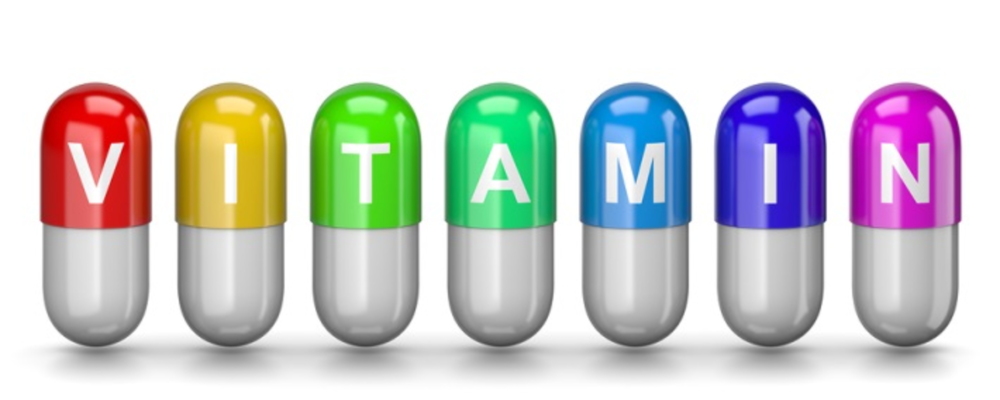Lately I’ve been watching what I eat. I’ve been under the weather, and I realize how important a balanced, healthy, nutritious diet is to getting better. So, obviously, proper eating has been top-of-mind for me lately. With a healthy diet comes a good combination of essential vitamins and minerals. When they act in concert, vitamins perform hundreds of roles in the body. The right mix of vitamins helps a body perform at its best.
Marketing campaigns and strategies also need the right mix of essentials to be the most effective. Below you’ll find a simple list of what I feel are the marketing must-haves for 2016.
Vitamin A: automation
Marketing automation and advertising technology enable companies to do more with the data and resources they have. Automation is essential to the optimization of marketing strategy; email automation, automated social post, automated data entry, and the like allow marketers to focus on extracting the most from customer feedback, interactions, budgets, and even criticisms, challenges, or failures.
Ad technology and marketing technology have traditionally different focuses. In the past, ad technology has focused on audience monetization, display advertising, location-based targeting, mobile marketing, networks and exchanges, video and television, and, usually, third-party data.
Marketing technology, however, has had entirely different focuses: campaign management, contact optimization, customer data, email marketing, event triggers, lead management, and lifetime value.
The intersection of both can be found as strategists work to meet several of these goals.
Vitamin B: beacon technology
Increasingly, marketers are leveraging Bluetooth-powered beacons—devices that communicate with a shopper’s smartphone in the hopes of improving the shopping experience and prompting an in-store purchase. Beacon technology can help to coax potential customers to shop in-store or can assist those who are already shopping in-store make more informed decisions.
In-store tablets are rising in popularity. The tablets are powered by the same technology used by ApplePay—near field communication or NFC, which is a method of wireless data transfer that detects and then enables technology in close proximity to communicate without the need for an Internet connection. So, as soon as customers step into the store, several things happen: First, the NFC in each tablet calls up product information as a shopper carries the device and hovers around an item. The system also predicts and then recommends other products customers might like. Brand marketers even can create wish lists or virtual shopping carts for shoppers.
In-store, tech-enabled, real-time marketing. No app downloads. No logins. No sign-ups. Beacon technology is proving to be a valuable way to initiate and then capitalize on shopper journeys.
Vitamin C: content
Content alone—even inspiring, problem-solving content—simply isn’t enough. A strong content strategy is mandatory and isn’t solely dependent on the amount of stories, posts, or emails. Cadence and value proposition for readers are important. Marketers need to set goals for that content and strategize accordingly. Acquisitions, audience growth, engagement, sales—all require different types of content to encourage specific behaviors. In 2016, examine your content strategy and retool if necessary. Even a small tweak in your content can prove to deliver great gains for the marketing and sales teams.
Vitamin D: data and analytics
Making the most out of data means pulling the right insights and then using that info to figure out what’s working—and what’s not. Michael Schultz, VP of marketing and business development for marketing platform ClearSlide, said this: “Knowing what is working makes all of the difference. Far too often marketers are in constant production mode. So rather than analyzing the data and seeing what sticks and why, you get anecdotal feedback about what’s supposedly working. So being able to apply analytics—particularly predicative analytics—enables marketers to really zero in on what’s really going to matter.” Marketers today have more visibility—i.e., more insight into the why behind the what—than they did about a decade ago. Use that information to make more informed decisions that have value to your audiences.
Vitamin E: email strategy
With a slew of technology, algorithms, and marketing automation tools, sometimes we forget the simple attributes that make an email message effective. And I feel there are five top qualities to create a successful, impactful email strategy: straightforward, relevant, strategic, succinct, and sharable. In a recent article, I spell out how these qualities are of the utmost importance; they’re basic but imperative. Learn and master the building blocks of a strong email strategy, and then move beyond the basics with innovations and creativity.








